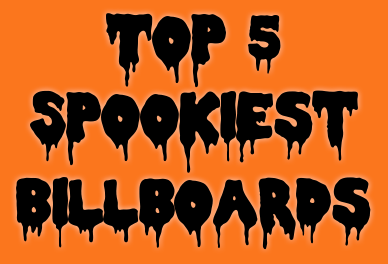
This week, BillboardsIn counted down their top five favorite Valentine’s Day billboards. See which brands did their best with chocolate hearts and diamond rings.
Nice @SNICKERS Valentines day work from @AMV_BBDO. Each of the 15 billboards have 300 replaceable cards that can be peeled off – cute! pic.twitter.com/O68JPTf7UX
— Charlotte Hugh (@Charlottehugh1) February 14, 2017
Snickers used their iconic tagline to save Valentine’s Day. This billboard had 300 replaceable valentines pedestrians could peel off and take to their loved ones. Snickers is also reminding you to grab some chocolate, more specifically a Snickers, to gift alongside the card.
This article was originally published by BillboardsIn. Follow your heart and read the rest of the countdown here.

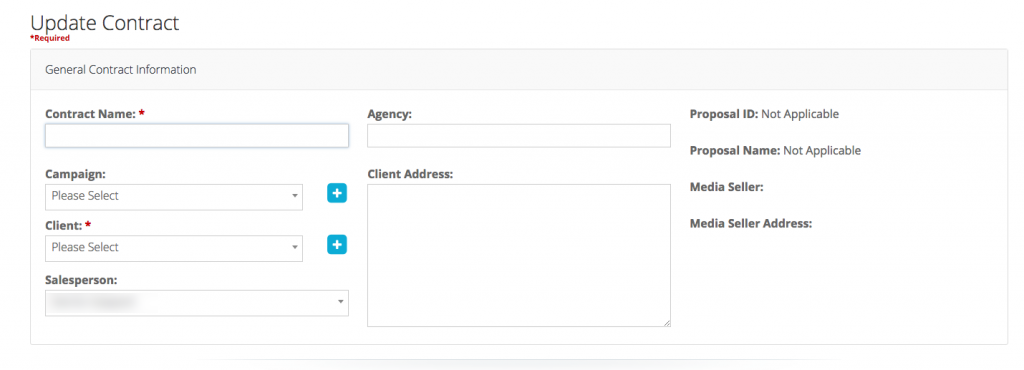
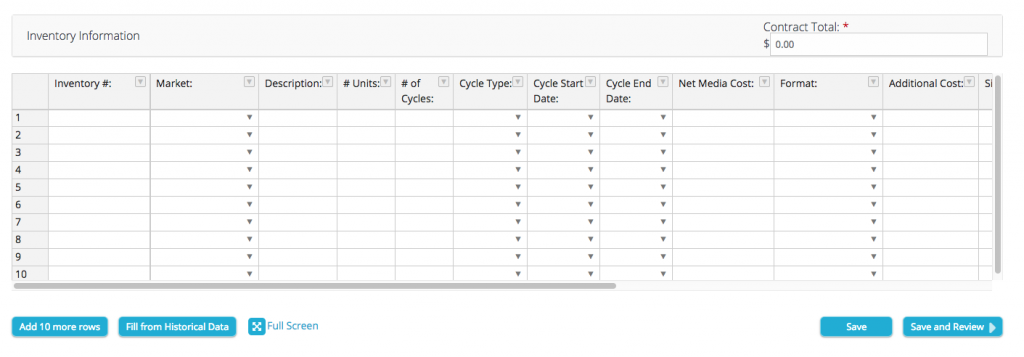
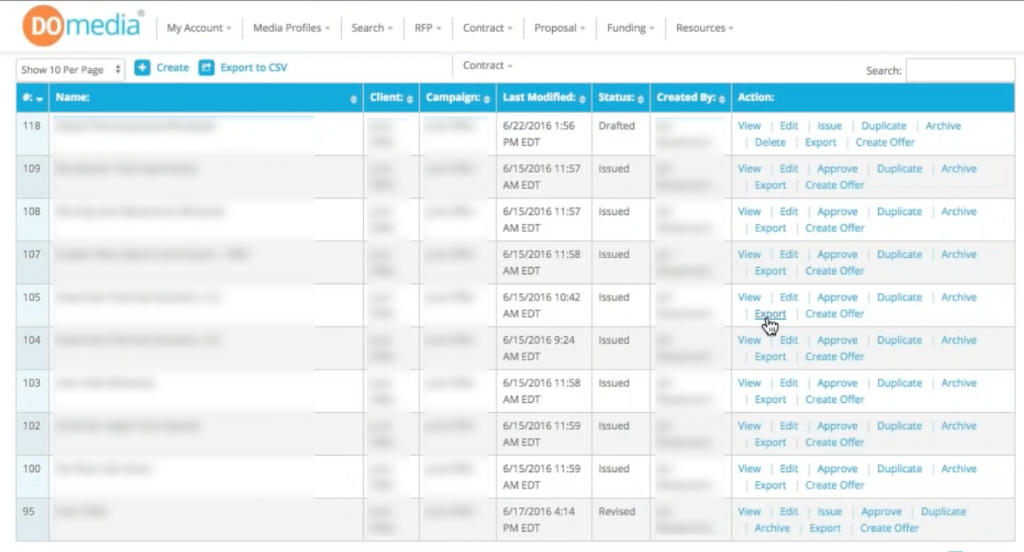
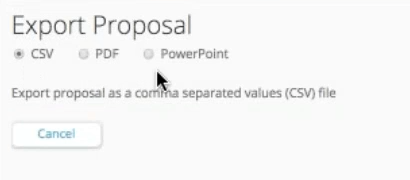
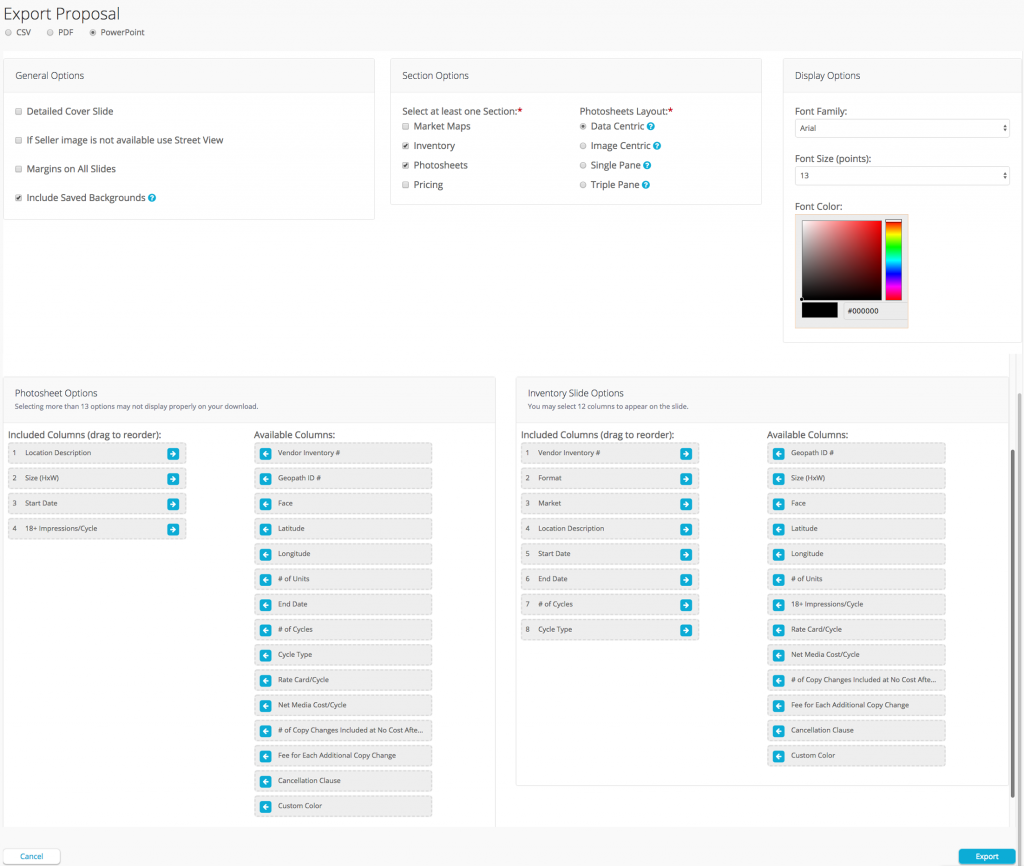
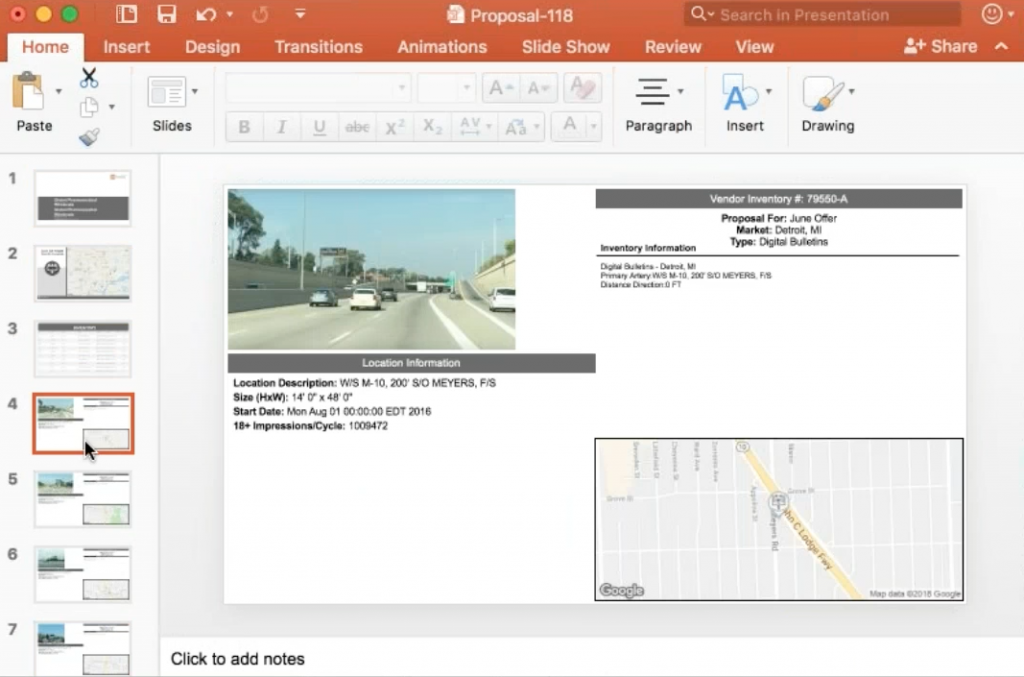
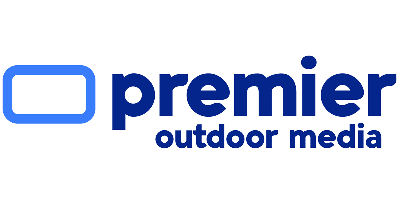 Founded in 2018, Premier Outdoor Media is an out-of-home advertising company with assets covering the region of Delaware, Maryland, Pennsylvania, and New Jersey. Their inventory, with over 300 static and digital displays, allows them to offer excellent coverage to local, regional, and national clients. Premier Outdoor Media is a growing company that is in acquisition mode with sights on expansion within their current footprint.
Founded in 2018, Premier Outdoor Media is an out-of-home advertising company with assets covering the region of Delaware, Maryland, Pennsylvania, and New Jersey. Their inventory, with over 300 static and digital displays, allows them to offer excellent coverage to local, regional, and national clients. Premier Outdoor Media is a growing company that is in acquisition mode with sights on expansion within their current footprint.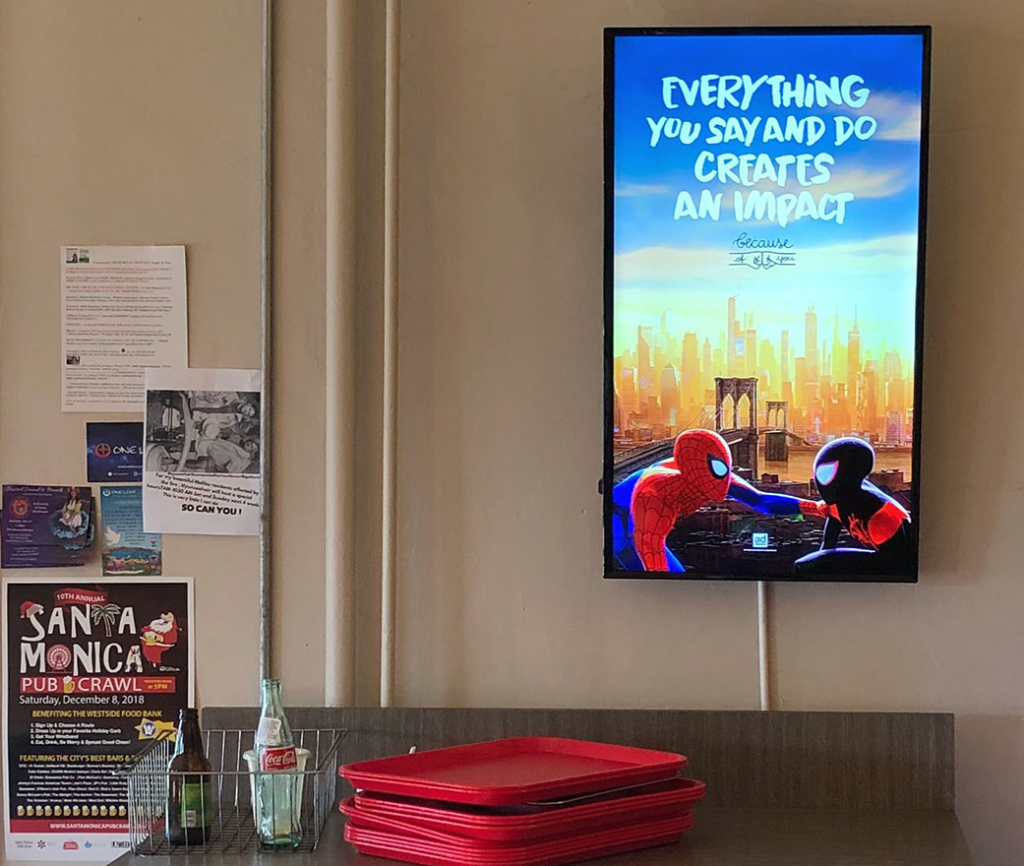
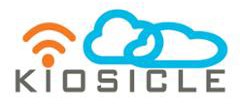 Founded in 2015, Reach More Group offers an indoor network of digital place-based screens called Kiosicle in the Los Angeles area. Their displays follow people through their day to day lives. From doctor’s offices to restaurants, they offer a wide variety of locations to deliver your message to the right consumer.
Founded in 2015, Reach More Group offers an indoor network of digital place-based screens called Kiosicle in the Los Angeles area. Their displays follow people through their day to day lives. From doctor’s offices to restaurants, they offer a wide variety of locations to deliver your message to the right consumer.